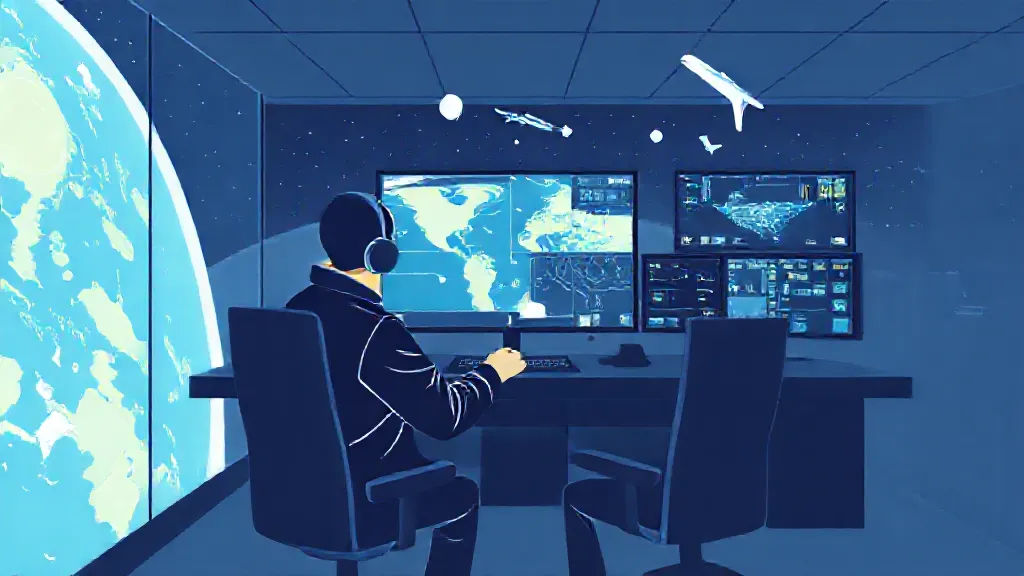Weather prediction is a complex science that combines numerous fields, including atmospheric science, physics, and data analysis. Meteorologists utilize a variety of tools and methods to forecast weather changes, ensuring that their predictions are as accurate as possible. This article delves into the intricate processes involved in weather forecasting, highlighting the technologies and methodologies employed by scientists to understand and predict weather patterns.
The Role of Meteorology in Weather Prediction
Meteorology is the scientific study of the atmosphere and its phenomena, particularly weather and climate. Meteorologists analyze atmospheric data collected from various sources, including satellites, weather stations, and radar systems. These data points are crucial for identifying current weather conditions and predicting future changes.
By understanding atmospheric dynamics, meteorologists can interpret how different factors, such as temperature, humidity, and wind patterns, interact to influence weather systems.
Data Collection: The Foundation of Weather Forecasting
One of the primary methods meteorologists use to predict weather changes is through data collection. Weather stations around the globe measure temperature, humidity, wind speed, and atmospheric pressure.
Satellites provide a broader perspective, capturing images of cloud cover and storm systems from space. Radar technology is also employed to detect precipitation and storm movements. This extensive data collection is essential, as it forms the basis for all weather models and predictions.
Numerical Weather Prediction Models
Numerical Weather Prediction (NWP) models are mathematical representations of the atmosphere that meteorologists use to forecast weather. These models simulate the behavior of the atmosphere based on current data inputs. By solving complex equations that govern atmospheric physics, NWP models can predict future weather conditions.
Meteorologists run multiple models to compare their predictions and improve accuracy. The results from these models are then analyzed and interpreted to create weather forecasts.
The Importance of Supercomputers in Forecasting
The advancement of technology has significantly enhanced weather prediction capabilities.
Supercomputers play a pivotal role in processing vast amounts of atmospheric data and running complex NWP models. These powerful machines can perform billions of calculations per second, allowing for more accurate and timely forecasts. The use of supercomputers has revolutionized meteorology, enabling scientists to predict severe weather events, such as hurricanes and tornadoes, with greater precision.
Understanding Weather Patterns and Trends
Meteorologists also study historical weather patterns and trends to improve predictions. By analyzing past data, scientists can identify recurring patterns that may indicate future weather conditions. For example, certain atmospheric configurations may lead to specific weather phenomena, such as El Niño or La Niña, which significantly impact global weather patterns.
Understanding these trends helps meteorologists make informed predictions about seasonal changes and long-term climate shifts.
The Role of Remote Sensing Technology
Remote sensing technology has transformed weather forecasting by providing real-time data from various sources. Instruments aboard satellites and aircraft can measure atmospheric conditions from high altitudes, offering a comprehensive view of weather systems.
This technology enables meteorologists to monitor changes in the atmosphere continuously and respond quickly to developing weather events. The integration of remote sensing data into forecasting models has improved the accuracy of predictions significantly.
Challenges in Weather Prediction
Despite advancements in technology and methodologies, weather prediction remains a challenging field.
The atmosphere is a chaotic system, meaning small changes can lead to vastly different outcomes. This inherent unpredictability makes it difficult to provide precise long-term forecasts. Meteorologists must continually refine their models and approaches to account for these complexities, balancing between accuracy and the limitations of current technology.
The Future of Weather Prediction
Looking ahead, the future of weather prediction is promising. Ongoing research in artificial intelligence and machine learning is expected to enhance forecasting capabilities further. These technologies can analyze vast datasets more efficiently, identifying patterns that may not be apparent through traditional methods.
As scientists continue to innovate and improve forecasting techniques, the accuracy of weather predictions will likely increase, providing society with better tools to prepare for and respond to weather changes.
